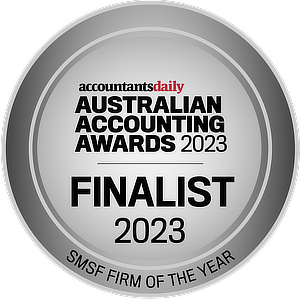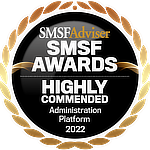Ben Lacey, Aquila Super
Is there a legal requirement to have a commercial lease in place with unrelated tenants?
While the SIS Act does not expressly require a commercial lease agreement to be in place for directly held property, that is not the end of the story. There are certain trustee obligations and SIS Act rules that imply that a written commercial lease is needed to satisfy SMSF compliance requirements.
You may have heard of the arm’s length test contained within section 109 of the SIS Act. It specifies that all investments of a superannuation entity must be made and maintained on an arm’s length basis. What does this mean in practical terms? Broadly speaking, all transactions must be conducted using commercial terms.
Each party should act as a reasonable, unrelated party to the transaction. The test would be, “What would a reasonable landlord do in a standard commercial leasing arrangement?” Many trustees mistakenly consider the arm’s length test to simply apply to related-party transactions; however, this is a misconception, as section 109 actually covers everything that occurs in a fund, not just related-party transactions.
A properly constructed commercial lease is more than just confirmation of the agreed rent — it should outline the rights and obligations of the landlord and the tenant. It will also confirm that the lease is held in the name of the fund (through the trustee), along with provisions for the lease term, regular rental reviews, for late or no payment penalties, eviction procedures and so on.
When dealing with a related-party tenant, the trustee must be prepared to enforce its rights (including imposing penalties) in exactly the same way that they would if the tenant was unrelated.
Generally speaking, in a commercial rental scenario, it is widely accepted that a landlord would have a written lease agreement with the tenant that specifies the terms and provides legal comfort and recourse for the landlord in the event of a disagreement.
The arm’s length rule is a core SMSF audit requirement and is included as one of the ATO’s reportable contraventions if a breach occurs. If the fund is found to have been disadvantaged due to a non-arm’s length scenario, this can result in a contravention and has wider implications for the fund. This can extend to whether the fund has, on account of its behaviour, failed the “sole purpose test”, which is a fundamental requirement for a complying SMSF.
Trustee covenants
On top of the risk of a contravention, we must consider your role as a trustee. Even though you may be a member and a trustee (or director), the role and responsibilities are distinct. Section 52 SIS Act requires all SMSF trustees:
“…to exercise, in relation to all matters affecting the entity, the same degree of care, skill and diligence as a prudent superannuation trustee would exercise in relation to an entity of which it is trustee and on behalf of the beneficiaries of which it makes investments.”
In other words, trustees should execute any transaction in the best of interest of the members. So, even if the tenant is not related, a prudent trustee acting in the best interest of the fund members would be expected to have a written commercial lease in place for any leased asset (such as property) to ensure the fund’s assets are protected.
Absence of a written lease may impact any legal recourse of the trustee against the tenant. Not that a trustee is looking to be litigious, but it’s about managing and hopefully reducing risk.
Audit
Lastly, you should consider that there is an increased level of scrutiny of any assets held in an SMSF due to the requirement of an annual audit. This is not an issue for most landlords; however, for an SMSF audit, we will need to be provided with “sufficient audit evidence” that the fund is complying with the SIS Act and Regulations.
Absence of a lease agreement inhibits and complicates our ability as the SMSF auditor to determine if the property is rented on arm’s length terms. It also calls into question whether or not the fund is actually receiving the amount of rent to which it is entitled. If there are no executed commercial terms, we must question if the trustee is fulfilling their obligation and duty of care to the fund’s members or exposing the fund to unnecessary risk.
It is very difficult to demonstrate satisfactory trustee behaviour to an auditor with only a verbal agreement. A written commercial lease mitigates this type of audit compliance and financial risk.
Although drafting a commercial lease with an unrelated tenant may not be a specified legislated requirement, it is not advisable to have an undocumented lease arrangement in an SMSF. Your obligation as a trustee is held at a higher standard. If you are unsure if a lease agreement is needed in your fund, we highly recommend speaking to your SMSF adviser or auditor to ensure you can provide adequate evidence supporting compliance with SISA for audit and are able to meet your obligations and responsibilities as a trustee.
Please note, if your fund owns property via a related ungeared property trust, it is a legislative requirement to have a legally enforceable lease in place with related tenants.
Ben is a senior audit partner responsible for the firm’s NSW SMSF Audit Division. He is a registered SMSF auditor and recognised as an SMSF Specialist Auditor™ with the SMSF Association.
















